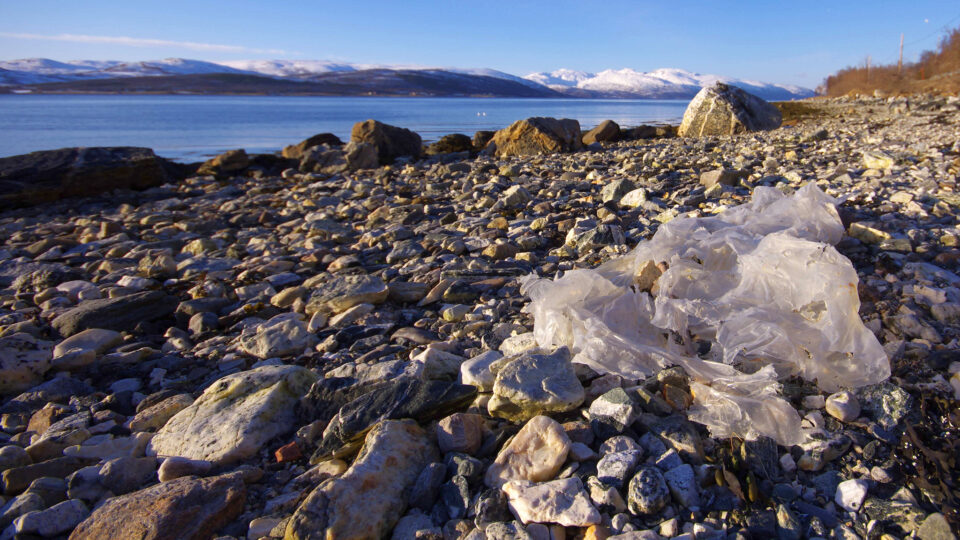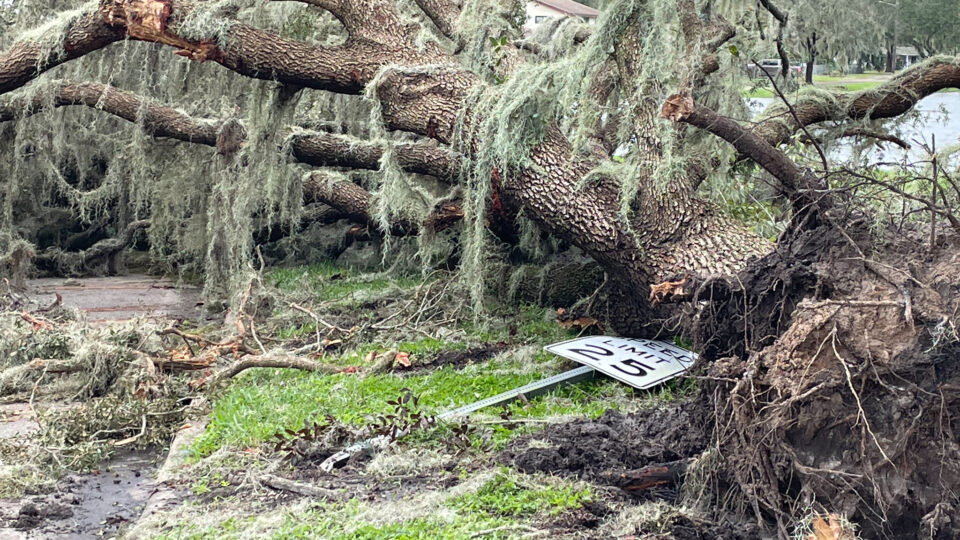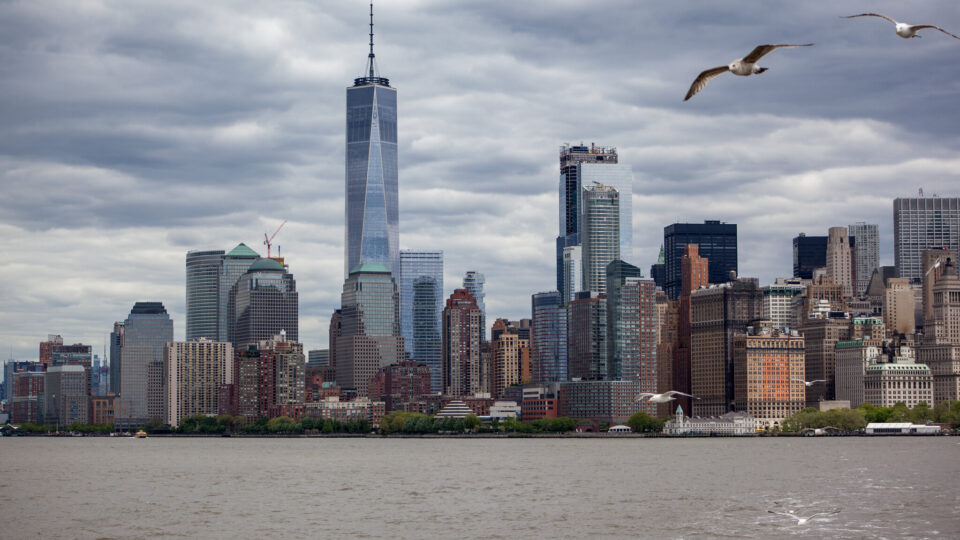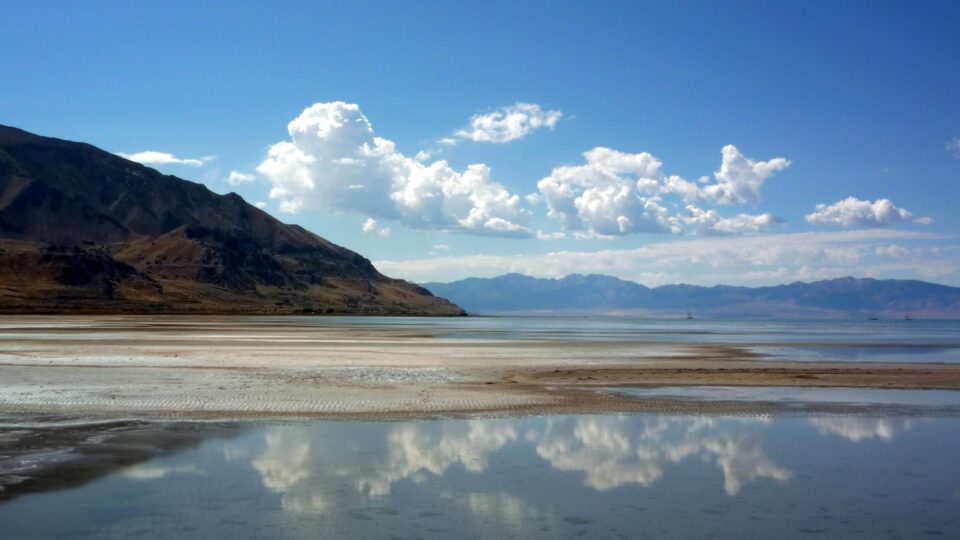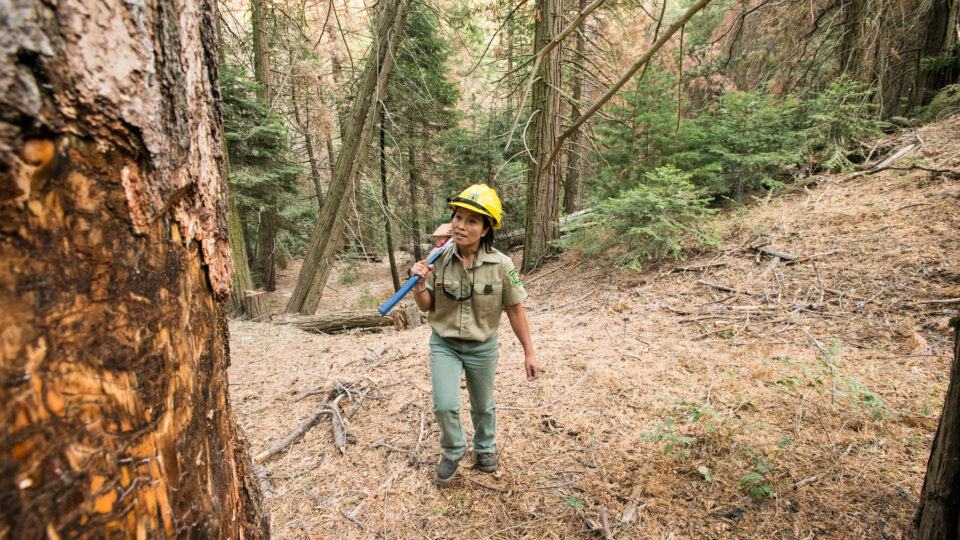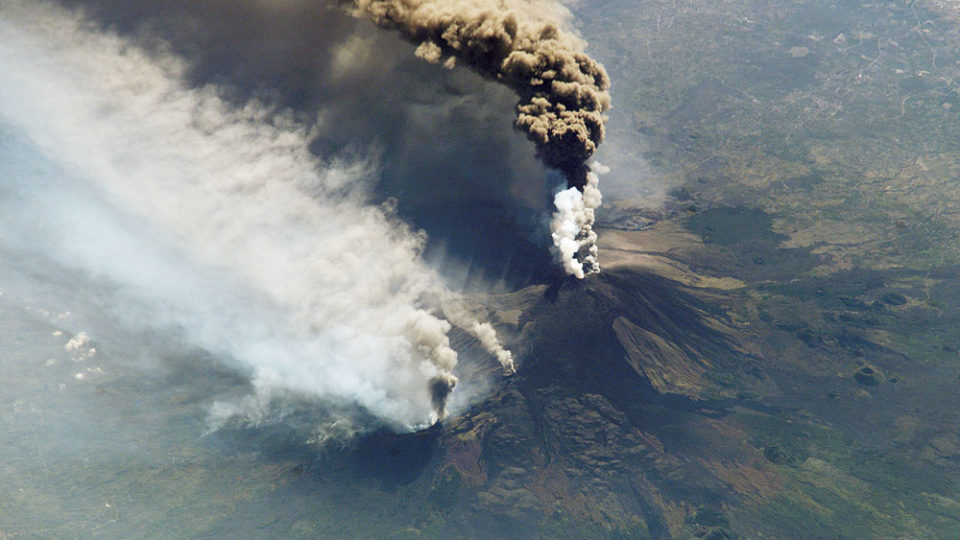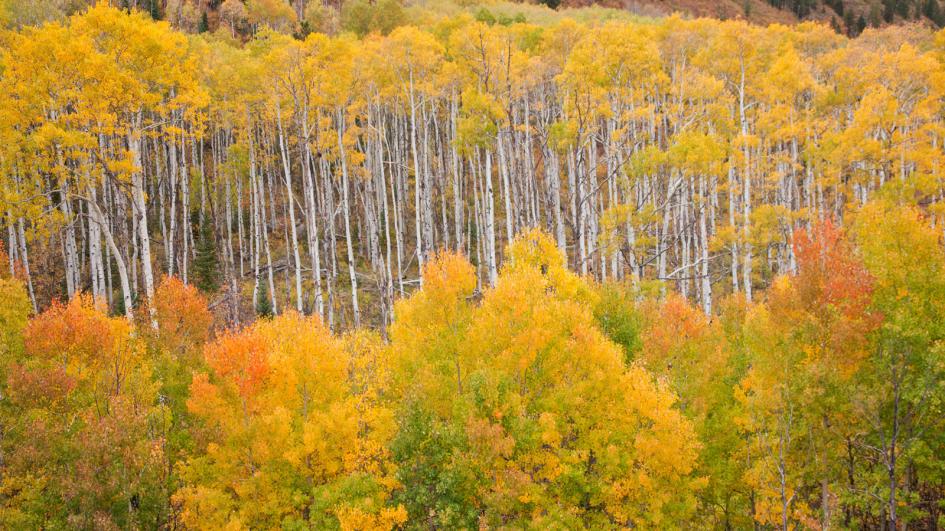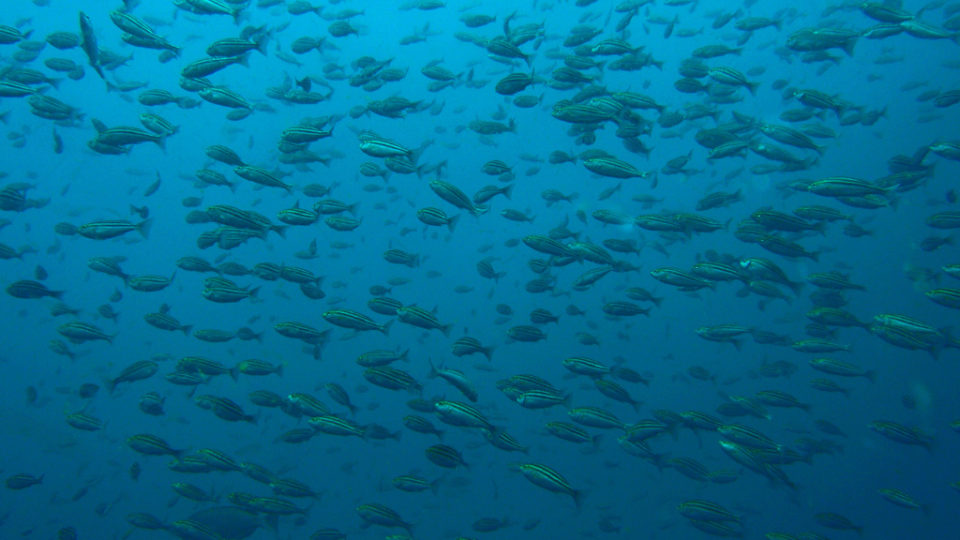Ordinary plastics are not biodegradable, but they are also not indestructible. Plastics in the environment can break down into tiny fragments – microplastics – and those, unfortunately, are nearly indestructible. Microplastics have been documented in the oceans and in soil virtually everywhere on Earth including remote frozen wastelands and on top of high mountains. More recently, they have been found in our own arteries, lungs, and even in placentas. Microplastic pollution is a very serious problem.
There is considerable ongoing effort to develop biodegradable plastics from non-petroleum sources. There has been progress but it has not necessarily been aimed at creating bioplastics that do not create microplastic when they break down.
Researchers at the University of California San Diego have developed algae-based polymers that they have shown to degrade when composted. Recently, in work published in the journal Nature Scientific Reports, they have shown that even fine microparticles of their bioplastic are digested by microbes when placed in a compost. What remains are the starting plant materials from which the plastic was made. Products made from this sort of plastic would not only be sustainable beyond their useful lifetime but would also not represent a potential danger to human life.
Creating this eco-friendly alternative to petroleum-based plastic is only the first step toward creating a viable replacement for existing plastics. It is necessary to be able to use the new material on existing manufacturing equipment and for it to have the same mechanical and thermal properties as the materials it is replacing. But the researchers are optimistic that this could be a potential solution to an increasingly serious problem.
**********
Web Links
Say Hello to Biodegradable Microplastics
Photo, posted January 17, 2018, courtesy of Bo Eide via Flickr.
Earth Wise is a production of WAMC Northeast Public Radio
